Muscular Traction CNC (3D Pantograph)
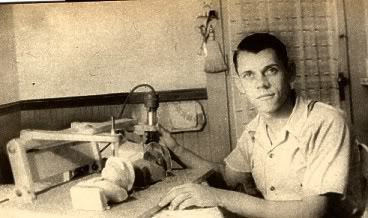
In the modern world, in a community of people who love to do things with their own hands and at the same time do not shy away from technology, such a thing as a desktop CNC machine is extremely popular. Although these devices have become quite affordable, they still remain expensive. The cheapest Chinese option, today, will cost you 700-800 American money and it probably won’t work right out of the box, but will require efforts to bring it to mind. Making a CNC machine yourself can be cheaper, but usually requires access to all kinds of woodworking and metalworking equipment and the ability to use it to produce parts with high accuracy.
But people are always looking for ways to achieve the goal with affordable means.
In some problems for CNC machine tools, namely when it is necessary to repeat many times the same item can help invented back in 1603 by Christoph Scheiner pantograph - the device for copying maps, plans and other vector drawings.
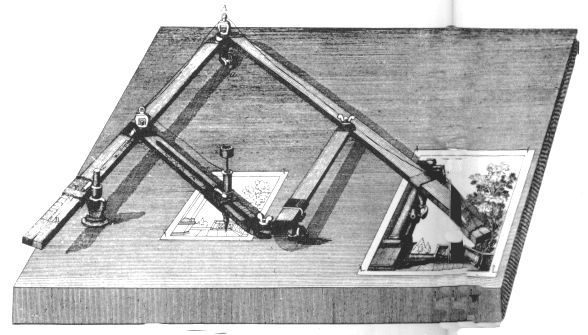
The classic pantograph consists of two vertices, in one of which a pointer handle is fixed, with the help of which the copied pattern is circled. In the second, a writing instrument is fixed, which, through a system of levers and hinges, repeats the movements of the first vertex, drawing a copy on the second sheet. Often pantographs have the function of scaling the original image.
A simple and brilliant idea. Now, how to copy a certain three-dimensional object? To do this, add the connection along the Z-coordinate to the pantograph and replace the pencil with a drill, or rather a high-speed spindle, and we will get a 3D pantograph.
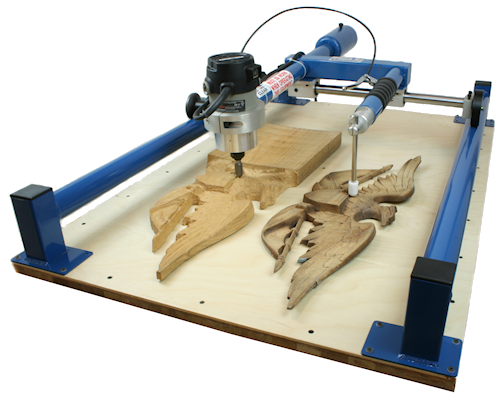
For example, the American company Gemini produces machines for copying wooden products on this principle, and only their prices are such that for this money you can buy a good CNC machine from China. Therefore, it is more interesting what the DIY community has achieved in this area.
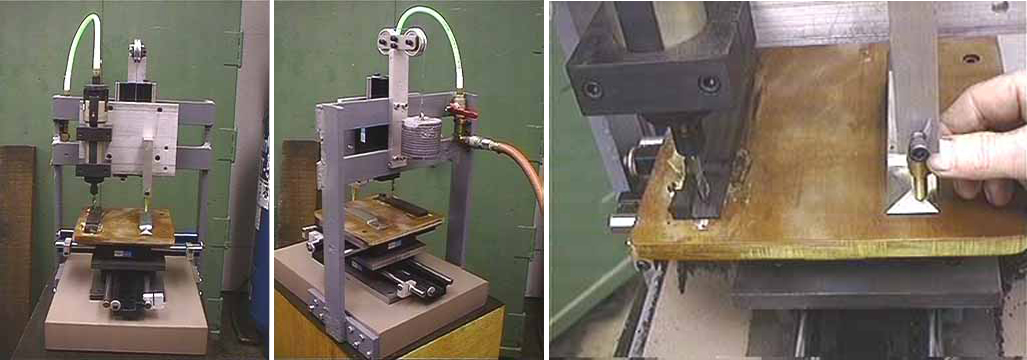
Frank Ford is a manufacturer of acoustic guitars. In doing so, he has to make many identical guitar parts, such as string holders. Tired of doing this manually, but not wanting to bother with buying and setting up the CNC, he made a duplicator for himself. Because high accuracy of copying was important to him; his instrument was made entirely of metal. The probe with which the mold is removed and the spindle are fixed on a common frame, which moves only along the Z axis. Moving along the X and Y axes is carried out using the table on which the workpieces are fixed. Another original in its design is that it uses a pneumatic drive operating at 40,000 rpm as a spindle.
Nevertheless, although it is a home-made, but still expensive version of the 3D pantograph. There are cheaper.
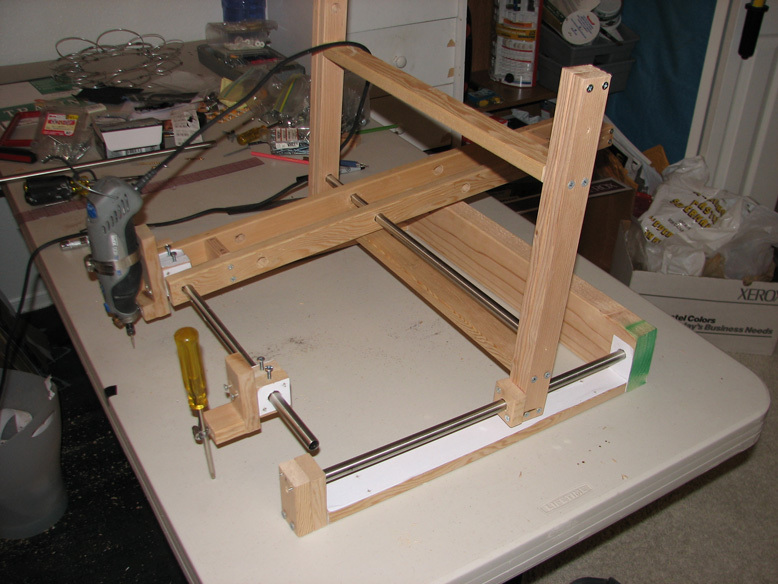
For example, Adran, dreaming of his own CNC machine, but without the means. He designed a duplicator for himself from a Dremel drill, three metal guides and wooden planks of standard sizes from the store. An ordinary screwdriver is used as a probe. Its construction can be easily repeated since He posted the drawings and all the manufacturing steps on the Instructables website.
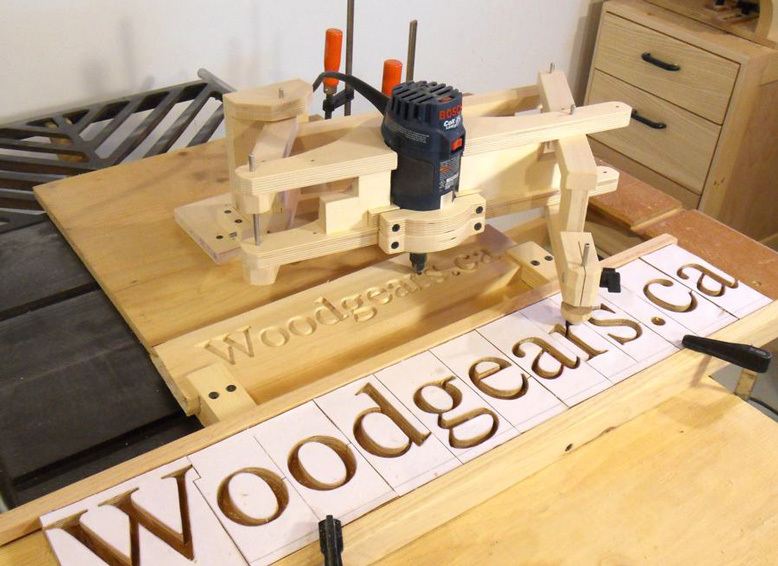
However, a manual drill, not the most successful tool for such work, the speed of material removal is not enough for her. Here Matthias Wandel from Canada used in his 3D pantographmanual frezer. That gave him enough power to quickly copy items in a tree. As an example of working with such a duplicator, here is his video, where he makes a copy of the form of an old disk telephone set (English).
Its construction can also be repeated since he posted drawings and manufacturing instructions on his Woodgears.ca website. Even if you are not friends with English, there you can easily understand the whole process from numerous photographs.
If the topic of 3D pantographs interests you, then examples of such devices can be found on English-language resources by the tags: carving duplicator, duplicarver, pantorouter.
